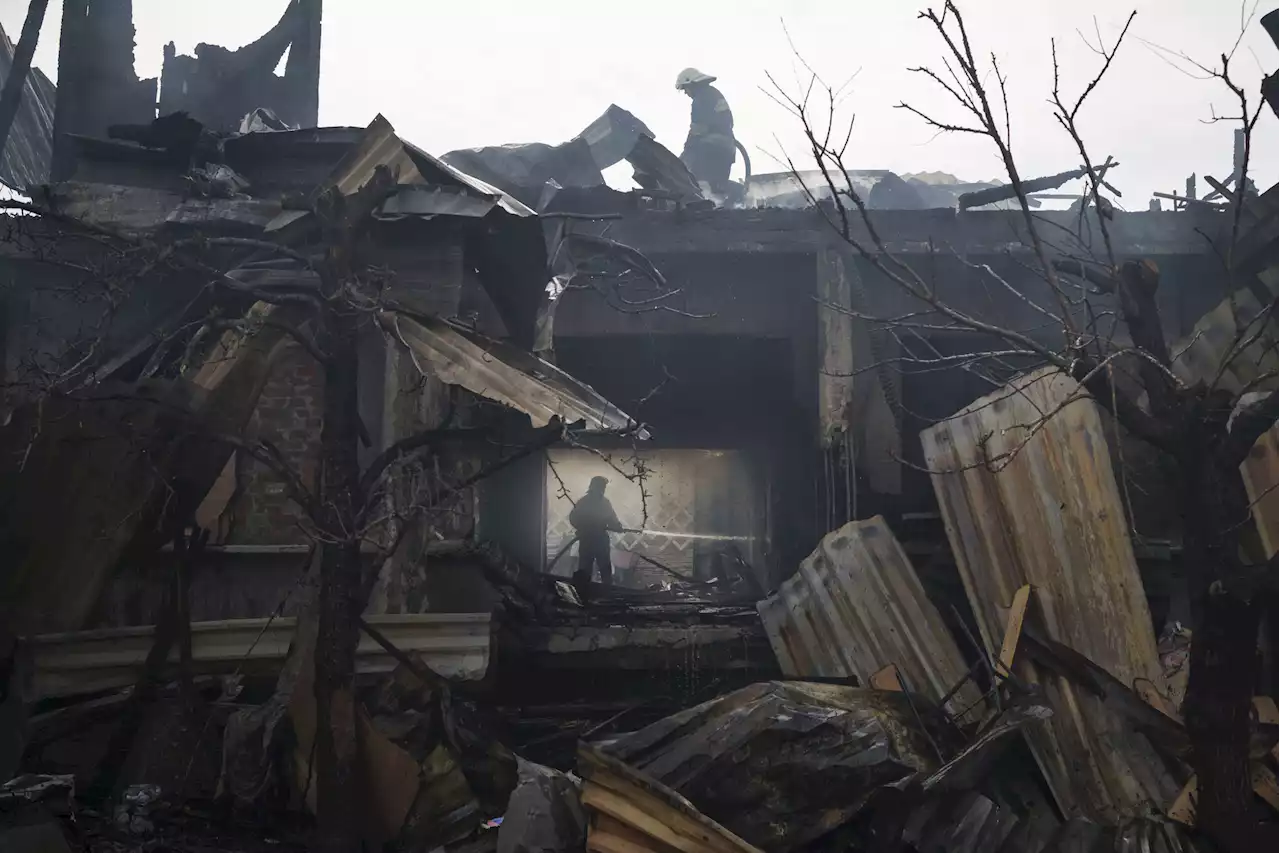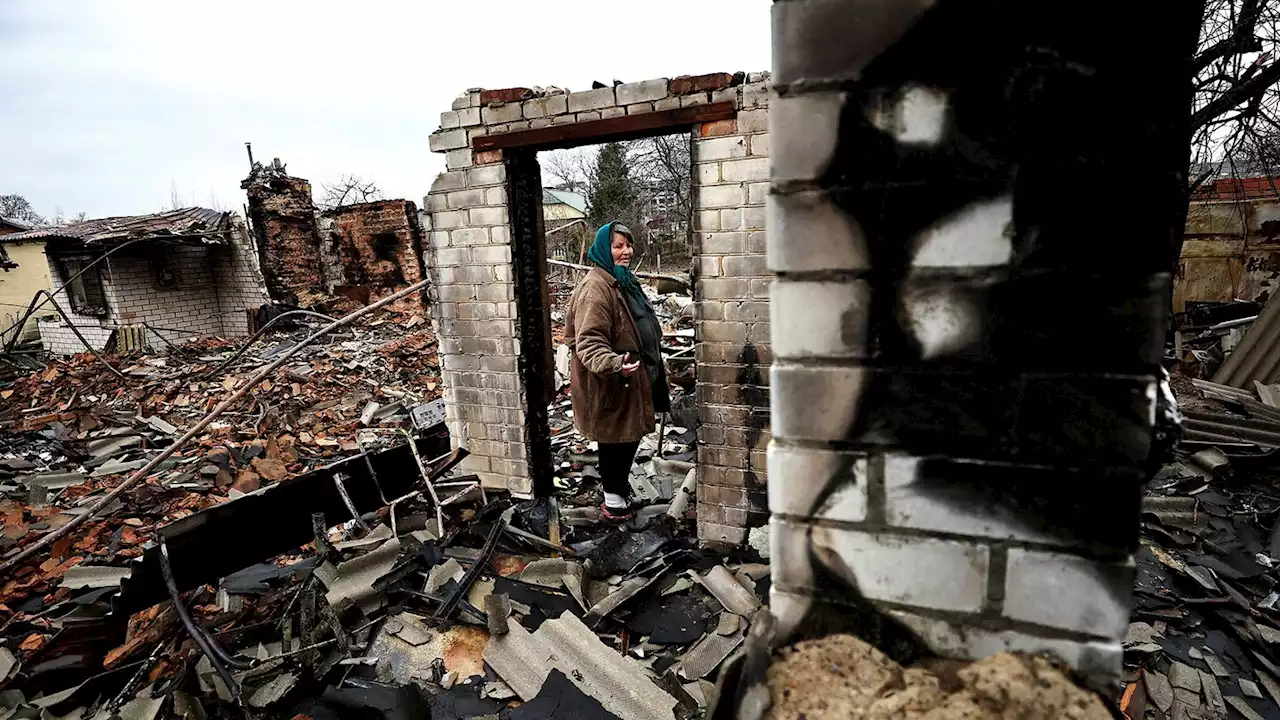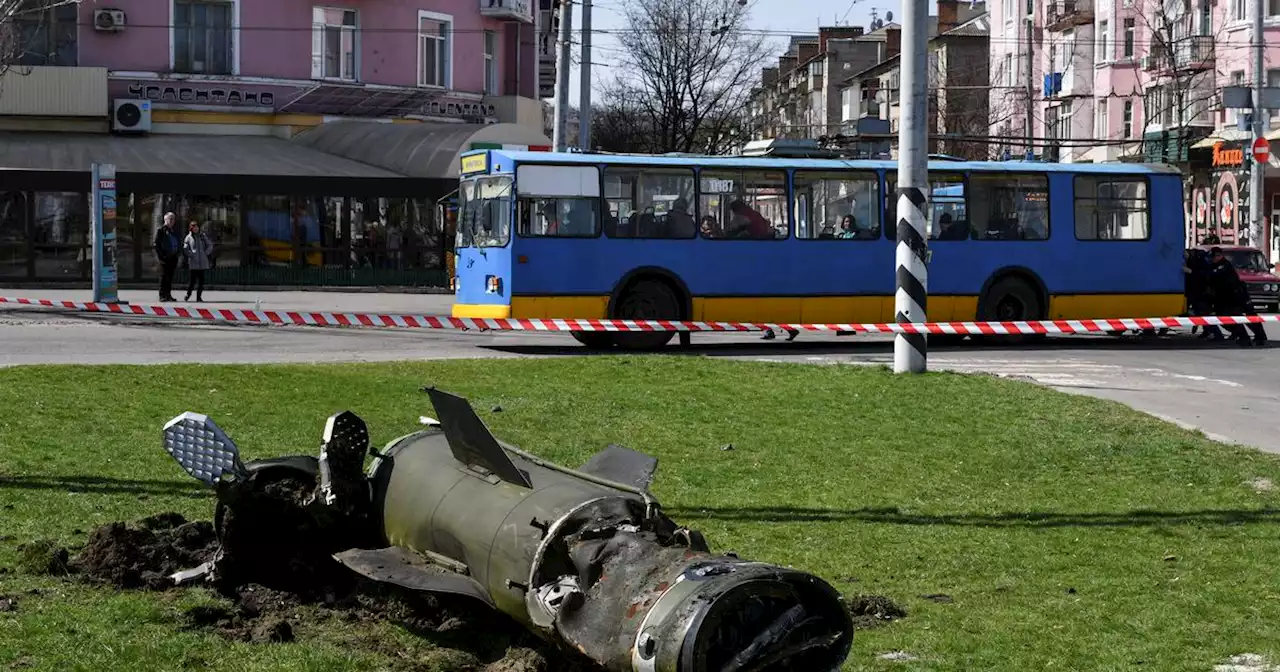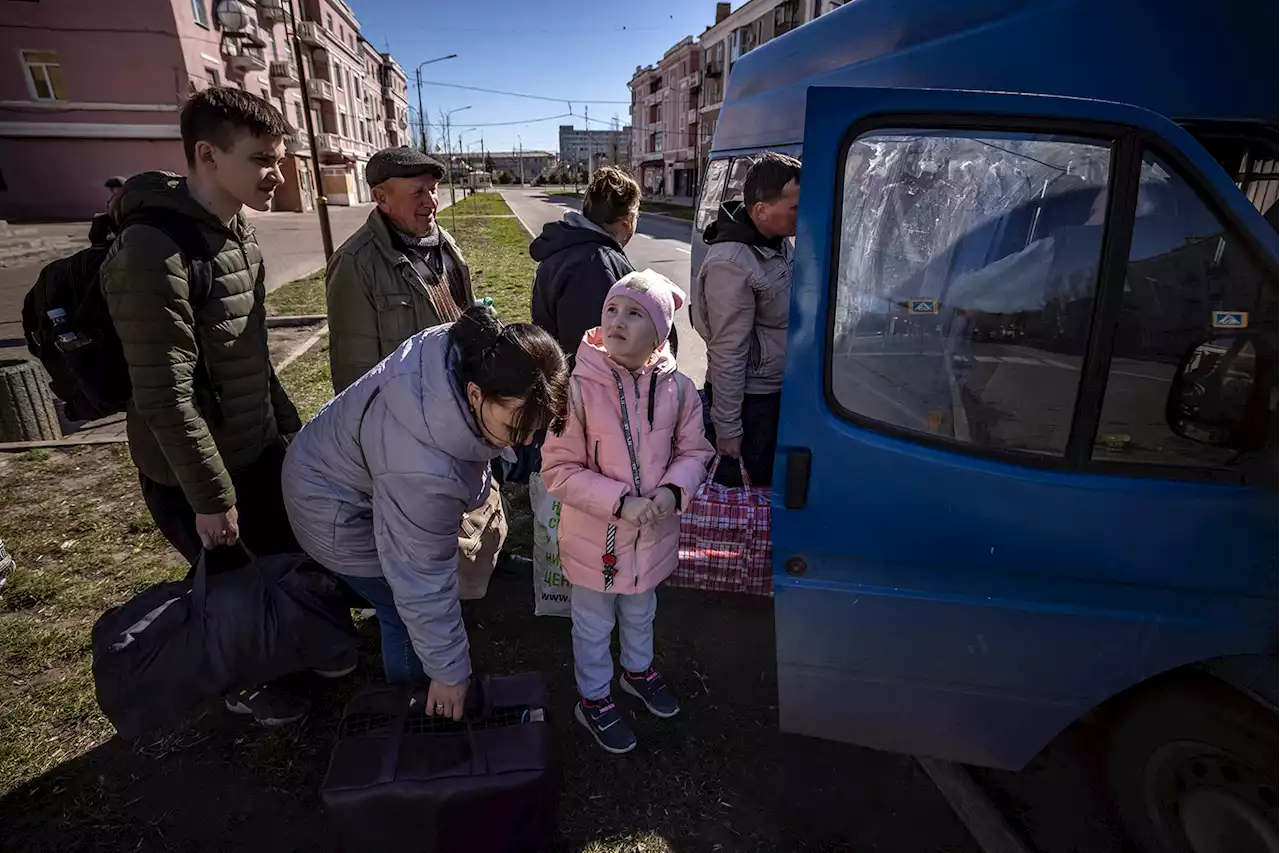We talked to the people who lived in, and shaped, the Ukrainian Village, about hot beeswax, scouting, smuggling, resurrections, and so much more
My Grandfather Ran the Show Markian Surmach, 60, was of the third generation to operate Surma Book & Music Co.
I was in the store all the time as a kid. One of my jobs was to grind the mak: poppy seeds they used to keep in big buckets for this traditional Ukrainian dish. I ran the store for ten years after my father passed away. As a business, it had reached its peak, and the Ukrainian population was waning. People were upset when we finally closed. Some said “I hate you” directly to my face.
On the cover When Kyiv Arrived on 7th Street Our anniversary “Yesteryear Issue” chronicles more than a century of life in the Ukrainian Village. I started to come to this building again when I was in my mid-20s. I was an adjunct professor at Pratt, paying my way through law school at night. They remembered me here. Nice little old lady ran the kitchen, and they had a small canteen dining room in the bar — $5 for meat loaf, potatoes, varenyky, soup, salad, and a drink. So I got this idea to throw parties here Friday nights for artists. It was cheap. The artists loved it. The old Ukrainians loved it. It was the early ’80s.
We didn’t speak English at all. My uncle told me I had to find a job. There was an ad in the newspaper that they needed a butcher here at the meat market. My aunt walked me across the street to meet Mr. Baczynsky. I wore the same suit. My aunt was talking to him, and he said, “I don’t need a boy; I need a butcher!” So we turned around, but before we got to the door, he called us back. He told me to come on Friday to work with the cashier.
What was Mr. Baczynsky like? He was a Ukrainian guy, born in Zhytomyr. He was smart. He had an engineering degree. He opened his first butcher shop in 1955 on 10th Street and Avenue B. He opened this shop in 1970. He was a hardworking, generous guy. Very religious, him and his wife. She worked here too. It was like they call now a papa-mama business. They used to come here together to open the store at three o’clock in the morning.
Today, the Ukrainians who used to shop here regularly have become old. The doctors tell them not to eat too much salt or sodium nitrates. Eighty percent of our business now is English-speaking people who live in the neighborhood. A few years ago, we started selling prepared food. That’s the biggest thing now, especially on Saturday. We sell three different kinds of soup. We sell stuffed cabbage, kielbasa, sauerkraut, ten different kinds of blintzes. Pierogi. Baked chickens — a lot of chickens.
The school’s performance of Cinderella in 1967. Photo: Courtesy of Ania Bohachevsky Lonkevych I was a year old when she started the school. I didn’t like babysitters much. So I went with my mother and sat through tons of rehearsals. I guess I was a pain in the neck, but I would sit on the studio floor and just watch as my mom taught. When I was 14, I became the youngest member of the ensemble.
Most of the symbolism is in the design itself: chicks for fertility, pine branches for eternal health, flowers for happiness. White is the symbol of purity. Red is the sun. Black and white are for the souls of the departed. The legend says that as long as people are making pysanky, the evil monster who’s chained up in a cave in the Tian mountains will not come out and destroy the world. And only women were allowed to do these eggs, so the fate of the world rested on women’s shoulders.
It started in 1911 and then existed in exile. First it was underground, when western Ukraine was under Polish occupation. When World War II happened, many Ukrainians wound up in Germany in these displaced-persons camps. They restarted Plast there: A lot of the Scout leaders began to organize the youth in these camps. And from there it spread to Canada, Germany, Argentina, Australia, and they decided, in 1957, to have a jamboree in a place called Grafton in Ontario, which is where my parents met.
I think about when my sister and I were teenagers and we would get on buses and take trips to Chicago or Toronto or wherever, and our parents would say, “Who are you staying with?” “I don’t know. We’ll figure it out. Somebody from Plast.” And that was enough.We Feared Soviet Kidnappers Nick Dmytryszyn, 67, who grew up on East 3rd Street, is an environmental engineer.
This wave of Ukrainian immigrants, the third wave, they were mostly professionals: historians, artists, teachers, economists. They realized how quickly assimilation works. They wanted somehow to slow down assimilation. And they began by organizing schools and activities for us youngsters.
Norge Siste Nytt, Norge Overskrifter
Similar News:Du kan også lese nyheter som ligner på denne som vi har samlet inn fra andre nyhetskilder.
 Ukraine War Live: Ukraine needs more weapons to unblock Mariupol, Zelensky saysThe United Nations Security Council will meet to discuss the impact of the war on Ukrainian women and children. Follow Newsweek for the latest.
Ukraine War Live: Ukraine needs more weapons to unblock Mariupol, Zelensky saysThe United Nations Security Council will meet to discuss the impact of the war on Ukrainian women and children. Follow Newsweek for the latest.
Les mer »
 Russia-Ukraine live updates: Russian convoy heads toward eastern Ukraine as new Mariupol death toll emergesThe regional governor of Kharkiv said the town of Izyum “remains the hottest spot” of the war, as Russia moves more equipment and troops into place, in preparation for what Zelensky described as “even larger operations in the east of our state.”
Russia-Ukraine live updates: Russian convoy heads toward eastern Ukraine as new Mariupol death toll emergesThe regional governor of Kharkiv said the town of Izyum “remains the hottest spot” of the war, as Russia moves more equipment and troops into place, in preparation for what Zelensky described as “even larger operations in the east of our state.”
Les mer »
 Why Male and Female Friendships Are So Different'Men invested much more in a friend who would be able to enhance their status and help them attract mates, whereas women spent more money on building a friend who would provide emotional support,' writes FTMcAndrew
Why Male and Female Friendships Are So Different'Men invested much more in a friend who would be able to enhance their status and help them attract mates, whereas women spent more money on building a friend who would provide emotional support,' writes FTMcAndrew
Les mer »
 Strike kills 50 at Ukraine rail station crowded with peopleKYIV, Ukraine (AP) — A missile hit a train station where thousands of people had flocked to flee in eastern Ukraine, killing 50 people Friday, Ukrainian...
Strike kills 50 at Ukraine rail station crowded with peopleKYIV, Ukraine (AP) — A missile hit a train station where thousands of people had flocked to flee in eastern Ukraine, killing 50 people Friday, Ukrainian...
Les mer »
 More than 4.5 million refugees have fled Ukraine, UN saysMore than 4.5 million people have fled Ukraine since Russia's invasion began on February 24, most crossing borders into neighboring countries, according to the United Nations High Commissioner for Refugees (UNHCR).
More than 4.5 million refugees have fled Ukraine, UN saysMore than 4.5 million people have fled Ukraine since Russia's invasion began on February 24, most crossing borders into neighboring countries, according to the United Nations High Commissioner for Refugees (UNHCR).
Les mer »
